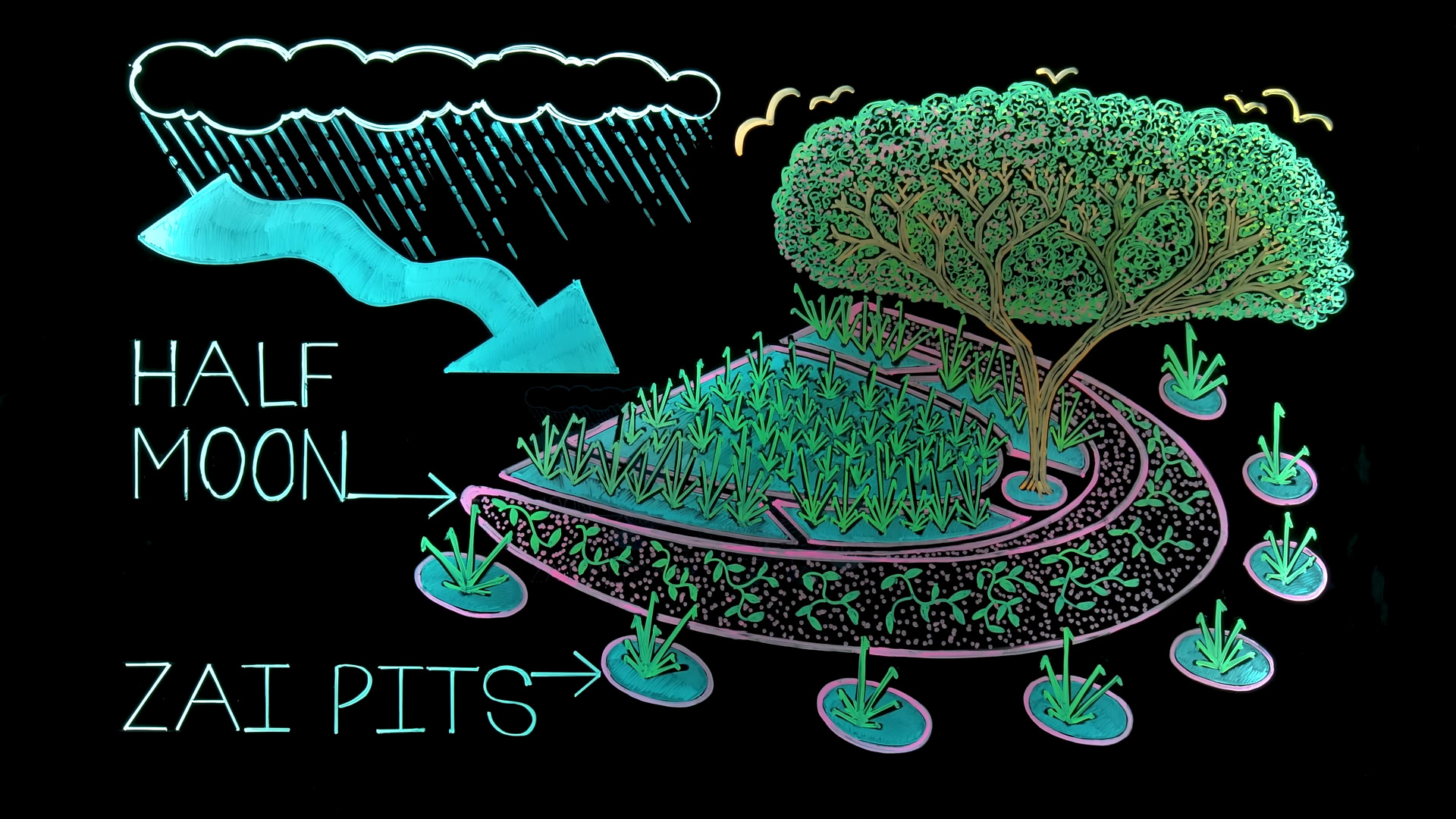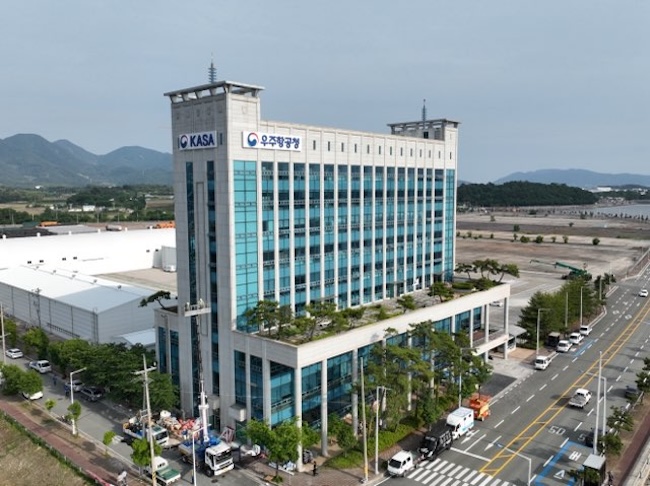
While the Sahara Desert is an important ecosystem in its own right, its human neighbors in the Sahel would like it to stop encroaching on their environment. [Andrew Millison] took a look at how the people in the region are using . With assistance from the World Food Program, people in Niger and all throughout the Sahel have been working on restoring damaged landscapes using traditional techniques that capture water during the rainy season to restore the local aquifer.
The water goes to plants which provide forage during the 9 drier months of the year. The main trick is using pits and contouring of the soil to catch rain as it falls. Give the ground time to absorb the water instead of letting it run off.
Not only does this restore the aquifers, it also reduces flooding during during the intense rain events in the area. With the water constrained, plants have time to develop, and a virtuous cycle of growth and water retention allows people to have a more pleasant microclimate as well as enhanced food security. In the last five years, 500,000 people in Niger no longer need long-term food assistance as a result of these resiliency projects.
If this seems familiar, we previously covered at a more macro level. While we’re restoring the environment with green infrastructure, can we ?.














